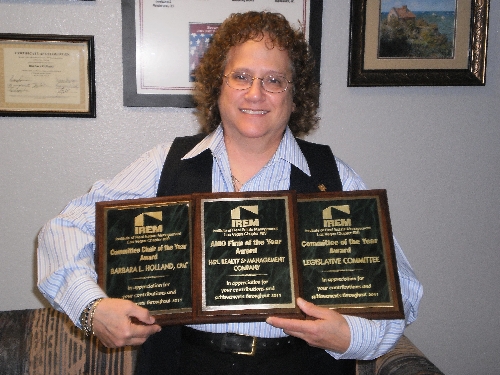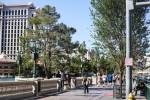Addressing questions about satellite dishes
Editor's note: This is a second column in a special four-part series that addresses how homeowners' associations should handle satellite dishes.
Last week, we talked about Federal Communications Commission rules concerning over-the-air-reception devices and how communities should deal with homeowners who have more than one satellite dish.
Here are a few frequently asked questions on the subject.
Q: What is an exclusive-use area?
A: An exclusive-use area is inside the dwelling or outdoor areas, under the exclusive use or control of the owner or tenant. This is the only place the owner or renter can put an antenna or dish in accordance with the OTARD rules. If there is no service in this area, then a dish cannot be installed, unless, the community gives permission.
Q: Can I have multiple antennas?
A: Under the OTARD rule, a viewer may install the number of antennas necessary to receive the full array of video programming available for reception in his or her viewing area. The rule is intended, in part, to achieve the Telecom Act's objective of ensuring that consumers have access to "a broad range of video programming."
While a restricting entity may prohibit the installation of duplicative equipment that is not necessary for programming reception, it cannot impose an arbitrary limit on the number of antennas the viewer may install.
The commission's rule covers the antennas necessary to receive service. Therefore, a local rule may not, for example, allow only one antenna if more than one antenna is necessary to receive the service. For instance, if you wanted Russian language programming and it wasn't offered over your satellite dish, you could install an additional one for that programming.
Q: Does OTARD apply to renters?
A: Yes. Effective Jan. 22, 1999, renters may install antennas within their leasehold, which means inside the dwelling or on outdoor areas that are part of the tenant's leased space, and which are under the exclusive use or control of the tenant. Typically, for apartments, these areas include balconies, balcony railings and terraces. For rented, single-family homes or manufactured homes that sit on rented property, these areas include the home and patios, yards, gardens or other similar areas.
Renters are not required to obtain the consent of the landlord prior to installing an antenna in these areas. The rule does not apply to common areas, such as the roof or the exterior walls of an apartment building. Generally, balconies or patios that are shared with other people, or are accessible from other units, are not considered to be exclusive-use areas.
Drilling through an exterior wall, e.g. to run the cable from the patio into the unit, is generally not within the protection of the rule because the exterior wall is considered a common element. An antenna that extends out beyond the balcony or patio is usually considered to be in a common area that is not within the scope of the rule. These rules apply to residential or commercial properties such as single-family homes, condominiums, cooperatives, town homes, mobile homes and manufactured homes.
A restriction necessary to prevent damage to leased property may be reasonable by the landlord or property owner. However, a restriction designed to prevent ordinary wear and tear, to carpets, walls would likely not be reasonable, provided the antenna is installed wholly within the antenna user's own exclusive-use area.
Barbara Holland, certified property manager, is president and owner of H&L Realty and Management Co. To ask her a question, email support@hlrealty.com.






















